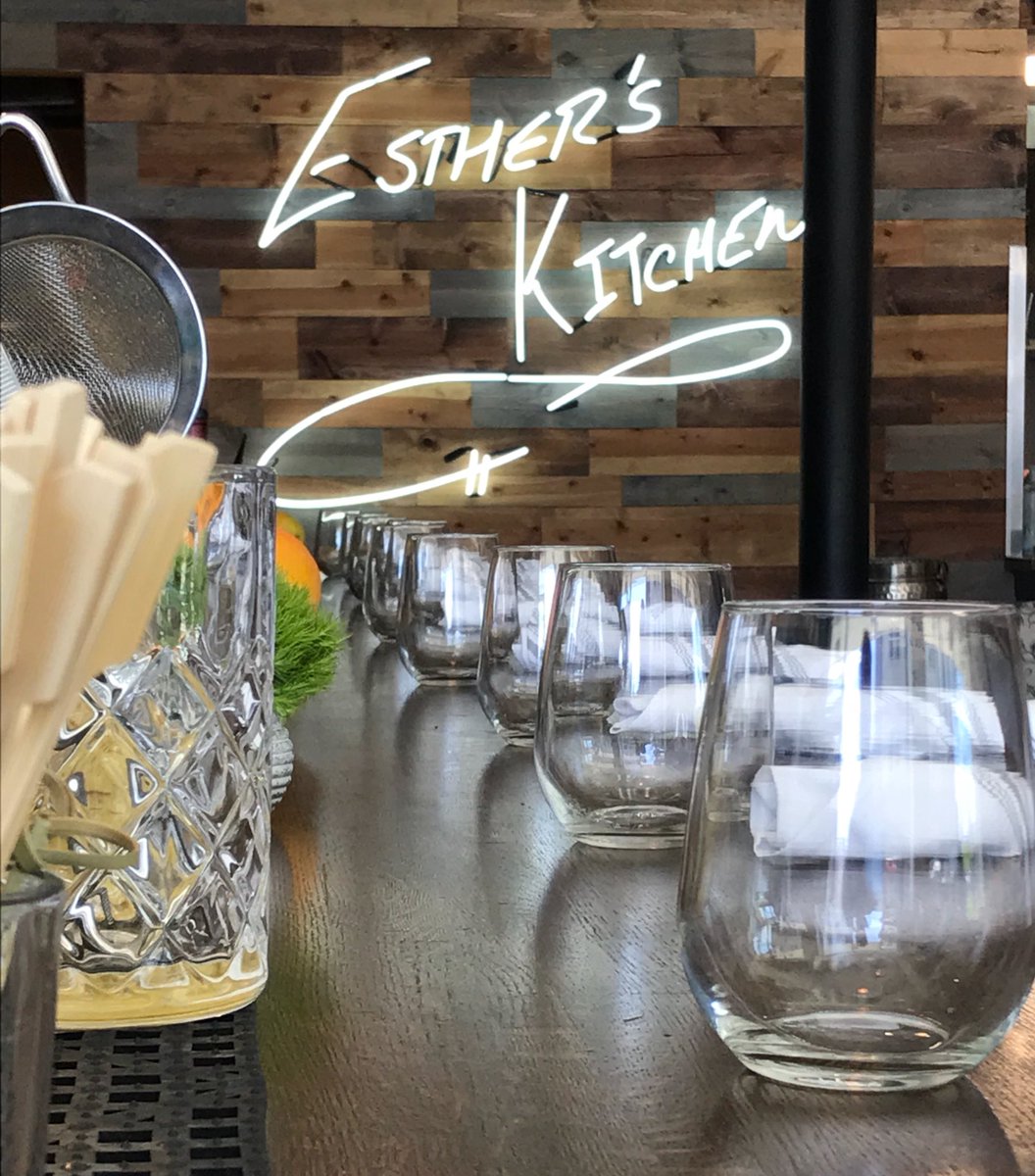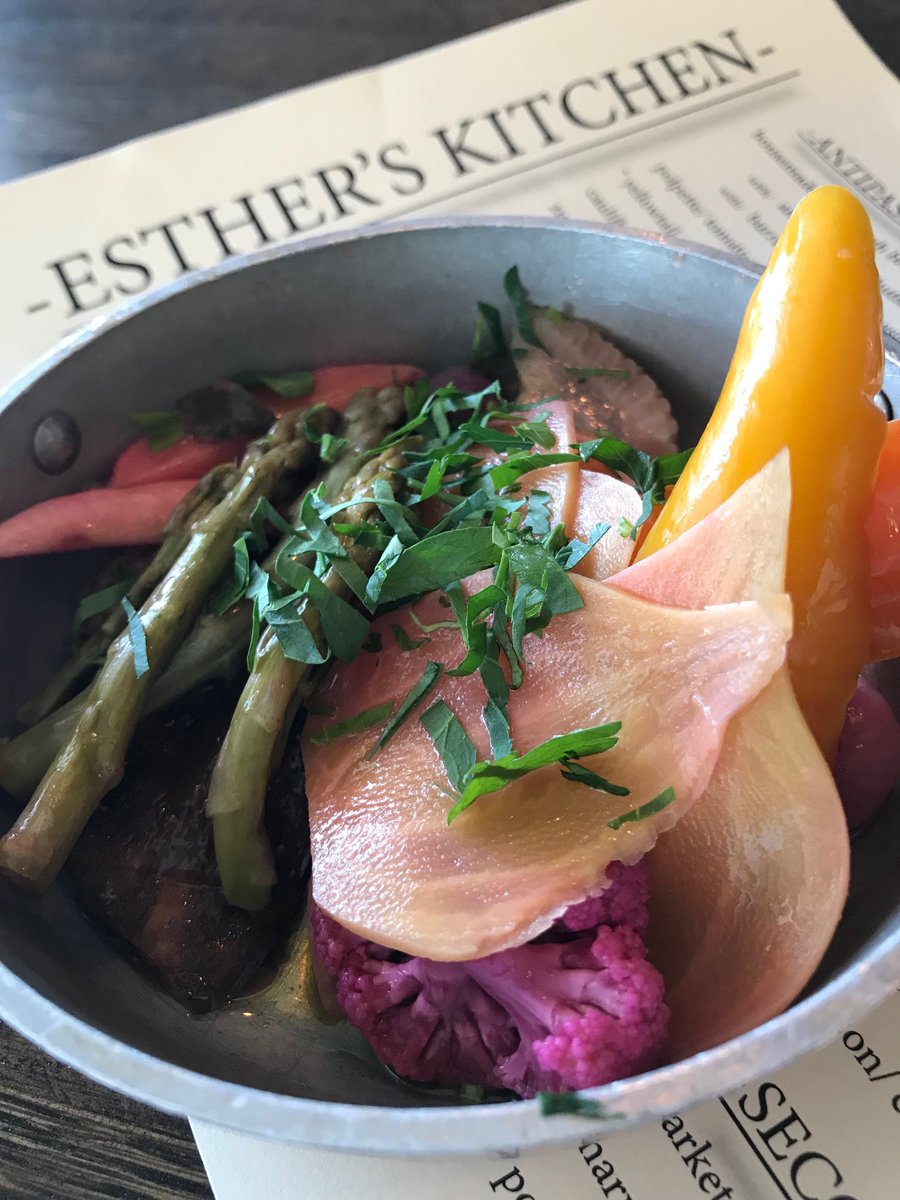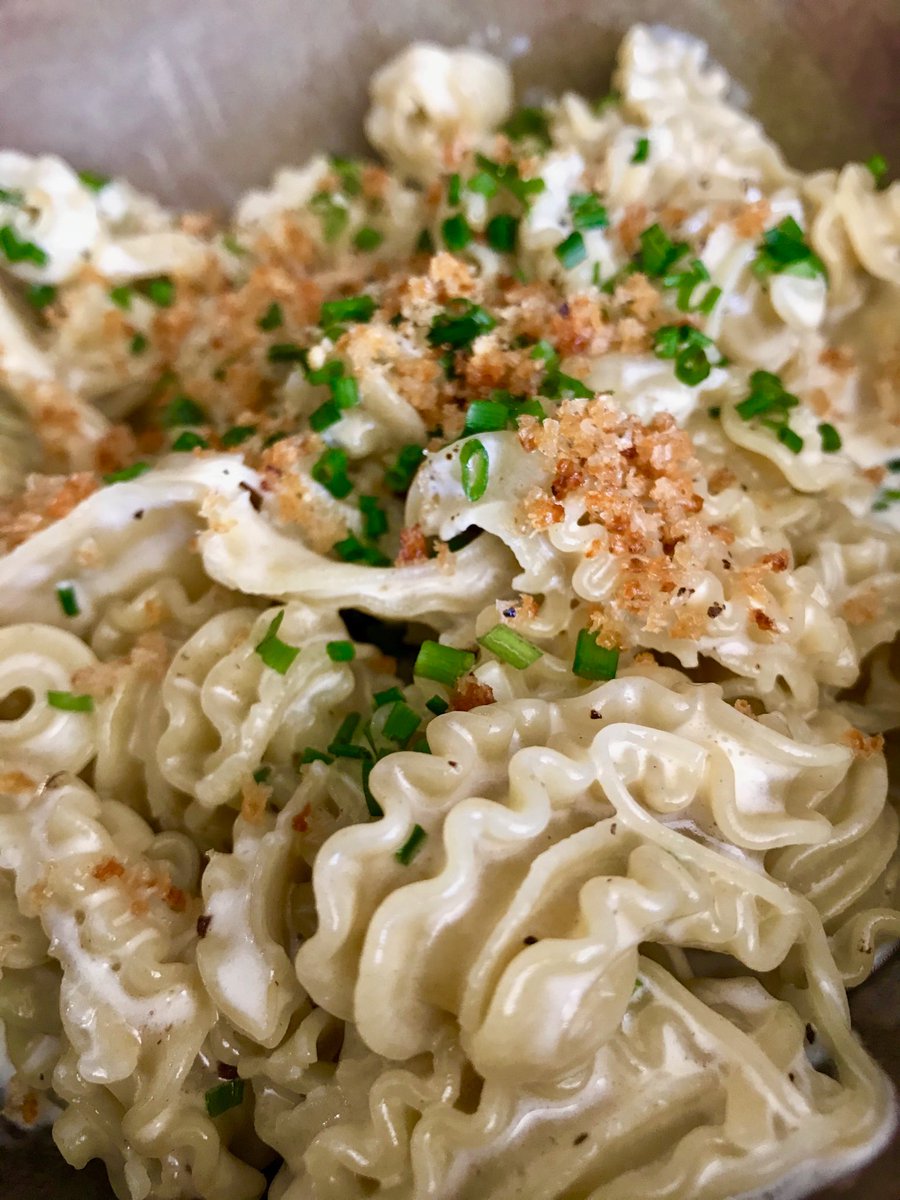
Grappa has an image problem. As the old joke goes, tell someone you bought a bottle of grappa on a motor trip through Italy, and they’ll ask you if you got a second one to re-fuel your car.
“Harsh.” “Rocket fuel.” “Great for stripping paint,” are but a few of the insults heaped upon grappa over the years, and to be honest about it, much of what was distilled for most of the 20th Century fit the descriptors. There is no doubt that grappa was low born — it is said to have been used by peasant farm workers to warm them up and dull the pain of their daily grind in the fields — but there’s been a new wave afoot for a few decades now, and what is showing up on shelves and wine lists (in Italy and elsewhere) reflects a maturity of spirit that can be as compelling and complex as any eau de vie or brandy.
My introduction to high quality grappa occurred fifteen years ago, by happenstance at the end of a meal at the Ristorante Sabatini in Rome. Having seen the beautiful bottles on the grappa cart as we entered, my party of three wanted to try three different ones. But the language barrier being what it was, all our waiter heard was that the three of us each wanted to sample three different grappas. Before we knew what was happening, nine different bottles appeared on the table. A lot of amusing consternation followed, which ended with us happily agreeing to try the entire array. (As the saying goes: When in Rome….) Nine sips later, each of us was hooked, and now I can’t think of ending an Italian meal any other way.
Grappa is Italy’s contribution to what are called pomace brandies — spirits distilled from the pomace (leftover seeds, pulp and skins) of the wine making process. Arabs may have invented the distillation process (well over a thousand years ago), but it is in prominent wine regions of the world where these spirits have achieved preeminence. Every French wine producing region has its distinctive marc (pronounced “mahr”) as do Spain (where it’s called orujo) and Greece (tsipouro). By way of contrast, German schnapps and Alsatian eau de vie are made from a the juice or mash of culinary fruits, while brandy is distilled directly from wine — the fermented fruit juice of grapes. Like all digestivos, grappa is usually taken at the end of a meal, although some Italians like to spike their morning espresso with a shot of the stuff, to make what is called a caffé corretto (“corrected coffee”).
Grappa’s evolution from hoi polloi hooch to respected sipping for the landed gentry started in northern Italy after World War II. History tells us that Italy’s first distillery was set up in 1779 in the Venetian town now known as Bassano del Grappa. But grappa didn’t go upscale until the 1960s when, as part of Italy’s postwar resurgence, Benito Nonino popularized the use of a discontinuous still (also known as batch distillation) and began making single varietal grappas that contributed a sophisticated kick to the Italian food that was then conquering the globe.
To make the finest grappa, one first acquires the freshest possible pomace and distills it as soon as possible so that no aromatics are lost. The distillation is done in a discontinuous still to preserve as much character from these single varietal, small batches as possible. Then the cut of the distillation is narrowed as much as possible (eliminating the “heads” and the “tails” which contain impurities) to maximize bouquet and minimize bitterness.. Narrowing all of these parameters limits the yield while raising quality, resulting in a refined product whose cost belies its humble origins.
Because of early pioneers like Nonino and Jacopo Poli, grappa has now taken its rightful place at the digestivo table, and great grappas can be found in Italian restaurants and wine stores across America. The original pioneers are still going strong, but right along side them are other excellent grappas — many of them aged in wood — from the great wine making regions of Italy, and I recently had the privilege of tasting some of the best, right where they are made.
 (The way grappa used to be made)
(The way grappa used to be made)At the Bonollo Distillery in Torrita di Siena, we received an immersion in grappa (figuratively speaking), that included a class, a tour, and a taste of three of their best varieties. Bonollo is a huge operation, with five distilleries set along the spine of the Apennines, but it is here in Tuscany where they process the remains of Sangiovese grapes that produce the fabulous Chiantis and Brunellos of the region. The first grappa we tasted, however, was made with the pomace of the sweet, perfumed Moscato grape. It was a revelation, especially to anyone who equates grappa with fire water. White wine grapes often produce the most aromatic grappas, and this one was no different, bringing forth a strong nose of sweet jasmine, honeysuckle and honey. Those dominant floral aromas exemplify the art of extracting just the right amount of scented fruit from the raw material.
 (The grappas of Bonollo – worth seeking out)
(The grappas of Bonollo – worth seeking out)After this “entry level” grappa, we proceeded to a spirit made from Chianti Classico Riserva pomace. Where Moscato makes the most wine-like grappa, the fruit fragrances become more elusive when you move into red wine grapes. In place of being fruit-forward, here grappa becomes richer, drier, rounder, and more complex. With strong cheese and nuts, Moscato grappa would be a delight; Chianti grappa begs for chocolate and dried fruit. As a finale, we tasted the riserva Consenso grappa, aged in three kinds of wood (ash, cherry, and oak) and it was the most brandy-like of the bunch: lighter in color than true brandy perhaps, but hauntingly rich and very smooth. With this one, I’d smoke a cigar…if I smoked.
 (This is not grappa – this is the biggest winery I’ve ever seen)
(This is not grappa – this is the biggest winery I’ve ever seen)Working our way north, the Castello Banfi winery was our next stop. Italian law prohibits grappa and wine from being made in the same place, so Banfi ships its grape pomace to the Bonollo Distillery for distillation according to its specifications. Before we got to the grappa, however, we were treated to a tour of Banfi’s vineyards (huge, as in as far as the eye can see), and its winery (jaw-dropping-ly ginormous) and a barrel tasting of 2017 Brunellos, and a sampling the best of 2012 and 2013 vintages of Banfi’s best Brunello di Montalcinos — Poggio Alle Mura and Poggio All’Oro — all of them big, rich, teeth-coating wines, redolent of black fruits, chocolate and tobacco, with that extra dimension of deep, dark, dusty earth that signifies the Sangiovese grape at its best. (Next to these big boys, many California cabernets come off tasting like a store-bought cherry pie.)
 (Barrel tasting ’17 Brunellos with the legendary John Mariani)
(Barrel tasting ’17 Brunellos with the legendary John Mariani)Following the tours and the tasting was a private lunch with legendary founder John Mariani (no relation to our very own legendary John Mariani), and then it was on to even more grappa. The first two Banfi bottles (Grappa del Castello and Grappa di Brunello – pictured at top of the page) were very traditional, in that they were assertive, clean on the finish, and mostly alcohol-forward, while the latter two (Grappa di Brunello and the Poggio alle Mura Riserva) displayed the hints of fruit and complex aromas associated with more modern bottlings. Eighteen months in oak contributed a deep bronze color as well as vanilla and spice flavors to the Riserva, and no doubt, this is the grappa you would break out to impress your friends.
Northeastern Italy is where grappa began, and the Veneto region is where modern grappa became famous, but the production and consumption is in full flower farther west in the Piemonte as well. The Mazzetti distillery in Altavilla, Monferrato (about a half hour outside of Asti) has been in business since 1846. It is still family-owned, and is now run by the seventh generation of the Mazzetti family. All Mazzetti grappa are distilled in steam copper stills using the discontinuous method. This small batch approach is applied to twelve single grape grappas, as well as ten “special blends” and six “riserva” bottlings. All of these products are on display in a combination tasting room, cafe, and gift shop on the ground floor of the distillery which is the closest thing to a grappa candy store as you’ll ever see.
 (The trouble with Italians is they’re not good looking enough)
(The trouble with Italians is they’re not good looking enough)With Elise Belvedere Mazzetti and Claudio Galletto (above) as our guides, we proceeded to make a serious dent in those selections — tasting nine different varieties — ranging from another entry-level, heavily perfumed Moscato grappa, to their Incontro — made from Nebbiolo grapes and aged in 225 liter barriques. If there was one thing I learned from all this tasting it was the appreciation of how wood-aging brings a softer and smoother profile to this formerly fiery spirit. Nowhere was that more noticeable than in Mazzetti’s 7.0 bottle (named for the seven generations of the family in the business). Made from the relatively scarce Ruche red grape, exclusive to the Asti region of Italy, this grappa showed a gentler, softer and smoother side than the non-aged single varietals.
Once we got to the more prestigious Gaia and Segni Grappa Riserva bottles, the aromatics were much more assertive, and the finish a lot mellower. The Segni Riserva obtains its brandy-like complexity from spending five years in six different wooden barrels, with the sizes generally decreasing over time until smaller mulberry and juniper barrels are used to finish off the aging. This technique mimics how aceto balsamico is produced, and the final product is a clean and haunting spirit that could stand shoulder to shoulder with a V.S.O.P. brandy. Indeed, this is the one grappa that was served to us in a wider-mouthed snifter, the better to appreciate all that wood seasoning.
Obviously, these are not your grandfather’s grappas. Make no mistake, they are still are strong drinks (between 35-45% alcohol, i.e., 70 -90 proof), but the varietal character of the grape comes through, which makes side-by-side sipping so fascinating. Grappa is generally served in a bulbous-shaped glass with a slightly flared rim — the better to let its concentrated aromas open up at the lip. The glasses are small because grappa is supposed to be enjoyed in very small amounts. The point of today’s grappa is not to get drunk or sooth your weary bones. Instead, it is to appreciate the distiller’s art — how they can extract the alcoholic essence of decomposing wine grapes, and turn them into something so pure and so distinctly Italian.
 (Just what every man needs – his own desktop distillery)
(Just what every man needs – his own desktop distillery)
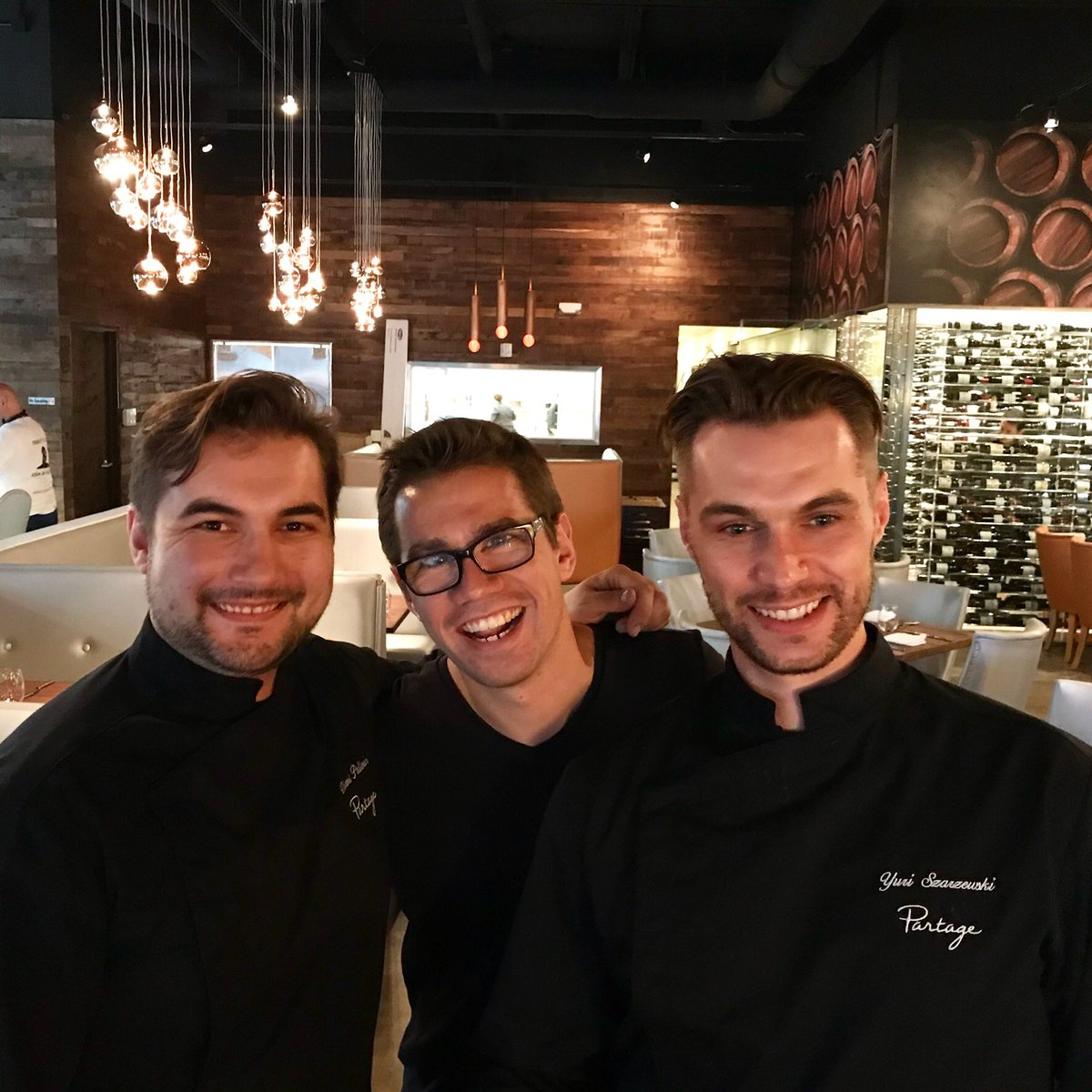 (The Three Musketeers)
(The Three Musketeers)

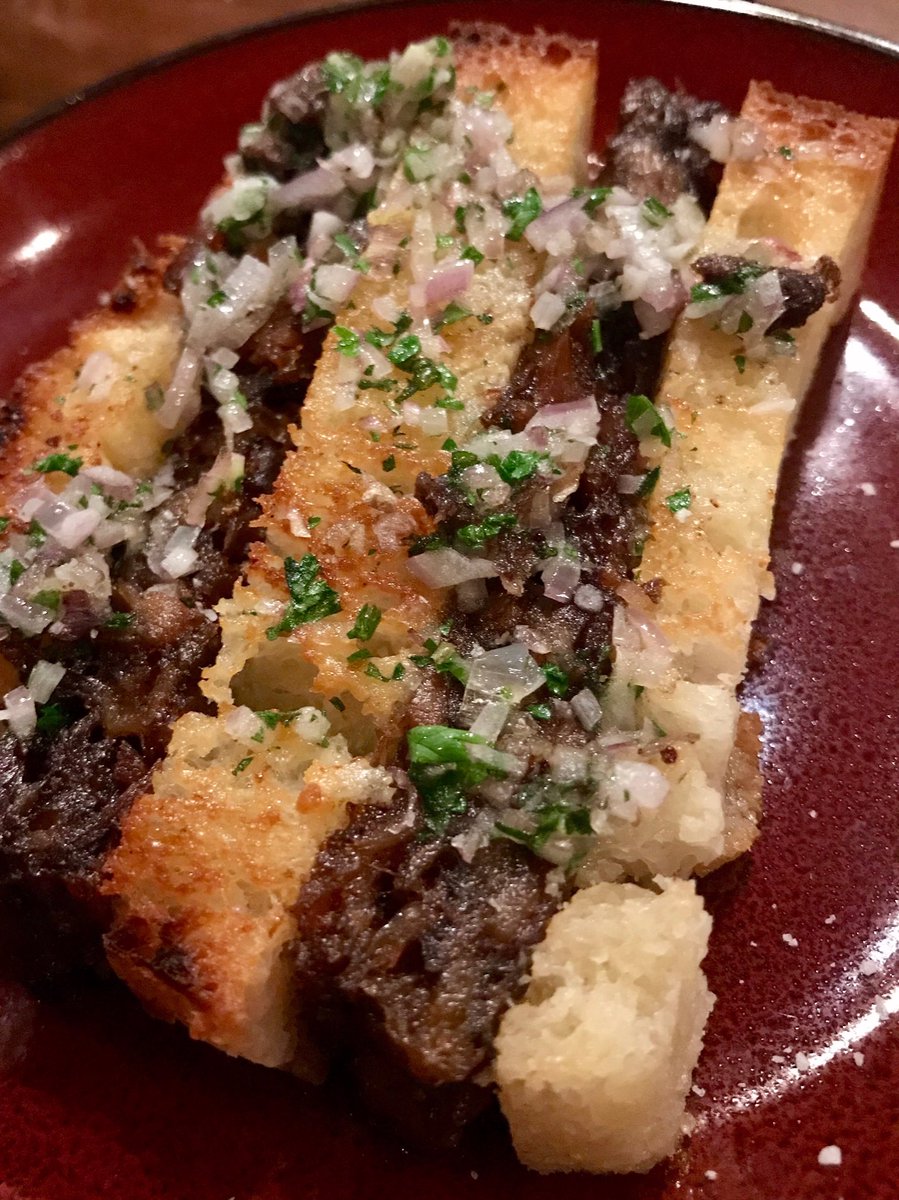
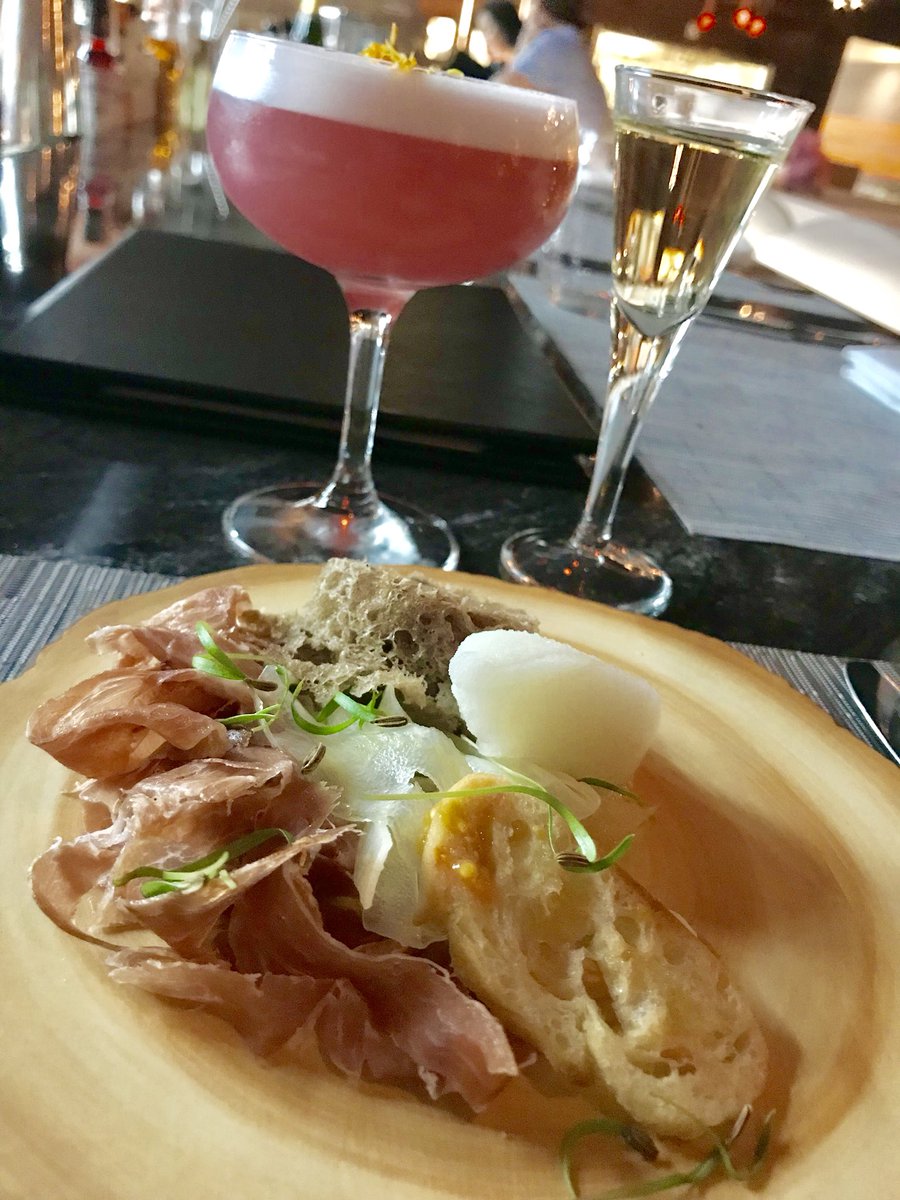
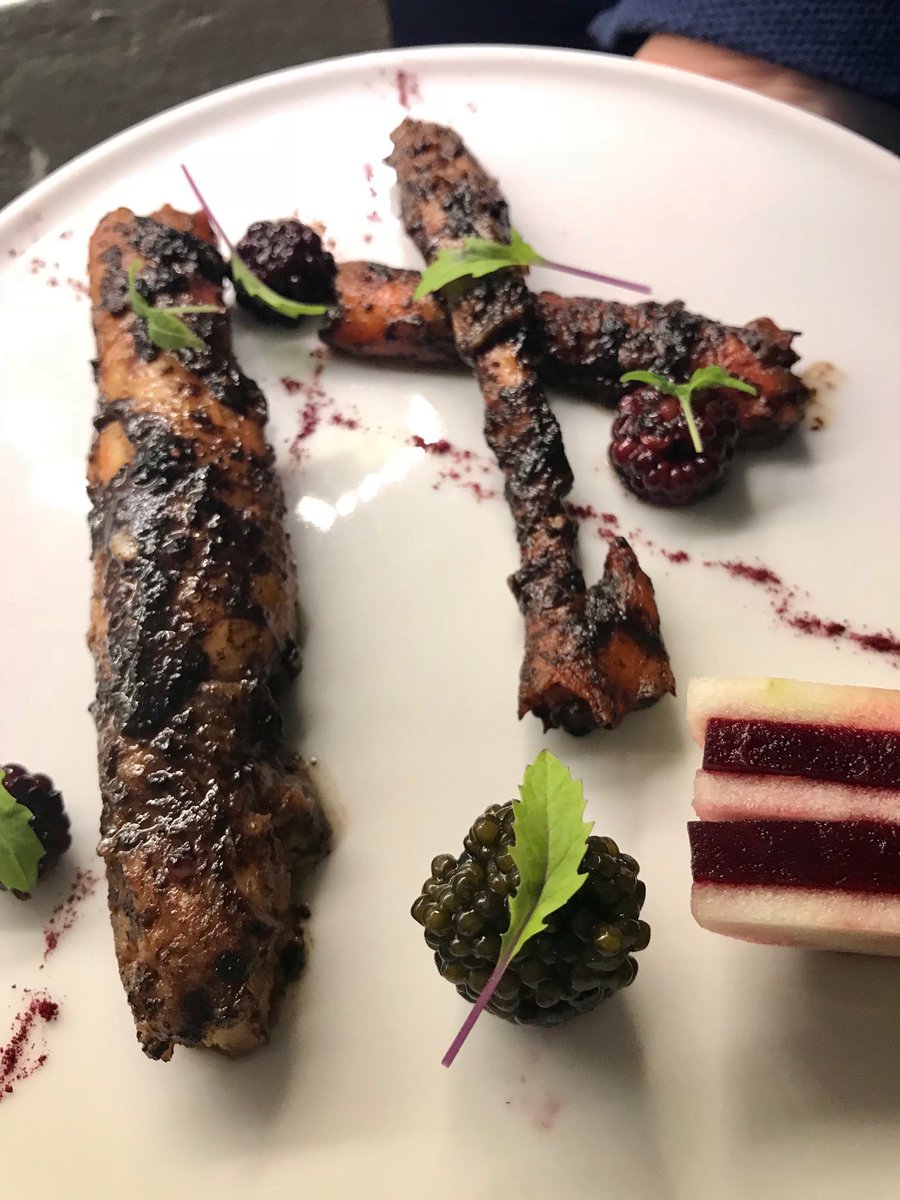 (Honey! The cat’s been at it again!)
(Honey! The cat’s been at it again!)
 (Like this baked Alaska, Chinatown is en fuego!)
(Like this baked Alaska, Chinatown is en fuego!)